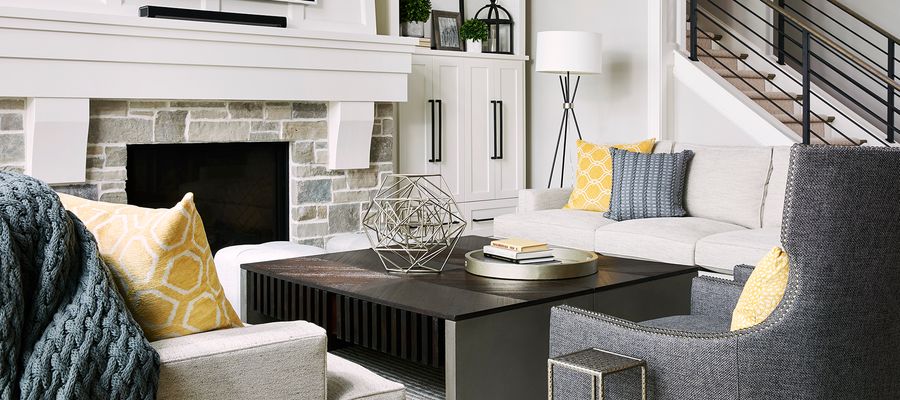6.
Traditional Style
Your Design Style: Traditional
You’re drawn to classic elegance and timeless charm. The Traditional design style is rooted in history, inspired by the refined homes of 18th- and 19th-century England and France. It’s all about balance, symmetry, and a sense of comfort that feels familiar and enduring.Traditional interiors celebrate craftsmanship, heritage, and attention to detail. You love spaces that tell a story—rooms filled with meaningful pieces, art, and furnishings that stand the test of time. Rich woods, polished finishes, and luxurious fabrics bring a feeling of warmth and sophistication.This style often features layers of pattern and texture. Upholstery and drapery are dressed in elegant fabrics such as silk, velvet, or linen, often in classic motifs like damask, floral, or plaid. Crystal chandeliers, carved moldings, and decorative trims add just the right touch of old-world glam.
Your vibe:
Classic but inviting
Refined yet comfortable
Timeless with a touch of grandeur
Design Tips to Bring It Home:
Incorporate rich, dark woods like cherry, mahogany, or walnut for a sense of tradition.
Use elegant fabrics—think silk, velvet, and linen—in complementary patterns.
Add warmth with jewel tones or muted earthy colors such as red, brown, green, and gold.
Include architectural details like crown molding, raised panels, and decorative trim.
Your home should feel elegant, graceful, and enduring—a reflection of your appreciation for timeless design and the beauty of craftsmanship.
Find more tips on the Carla Bast Design blog.
